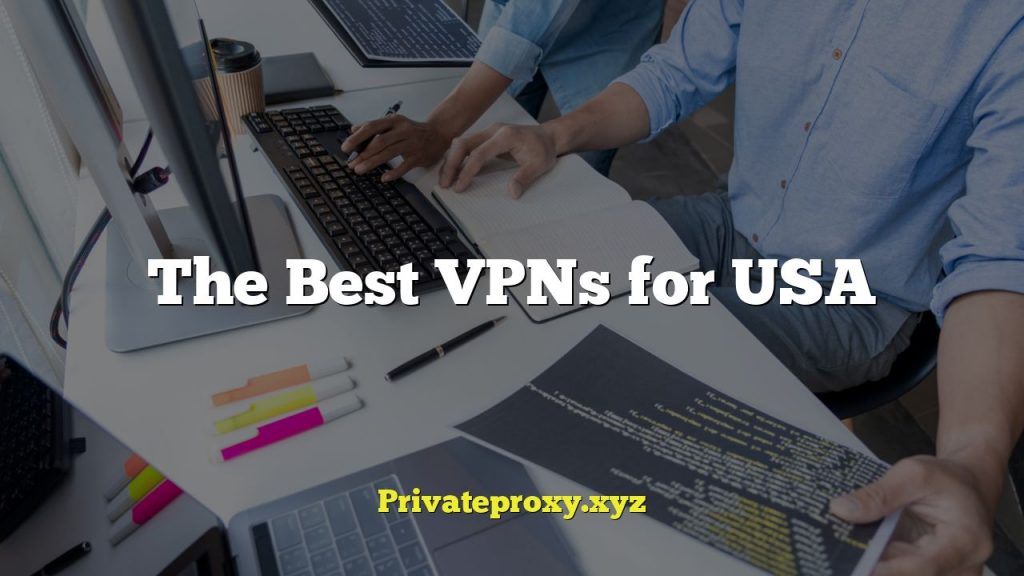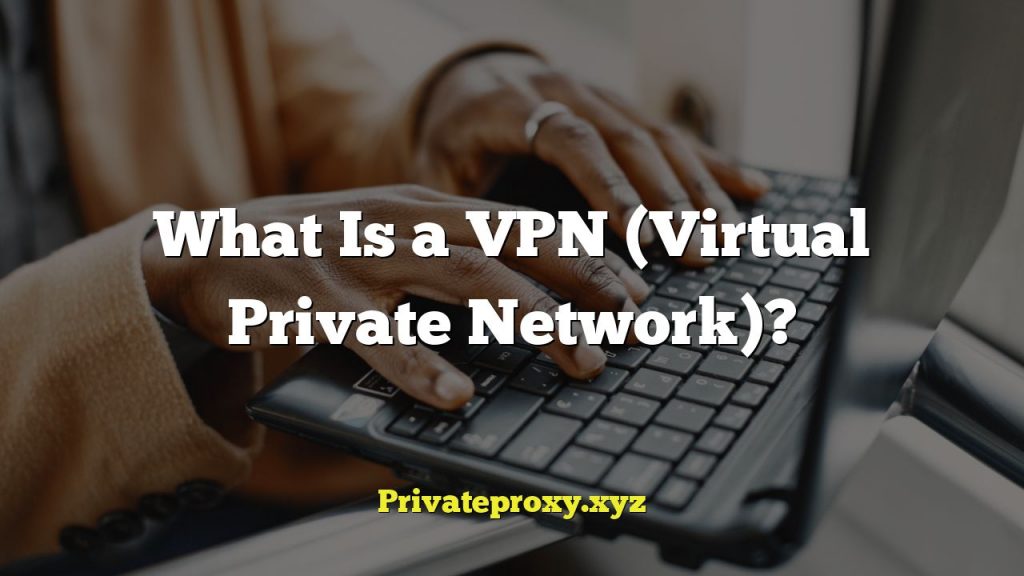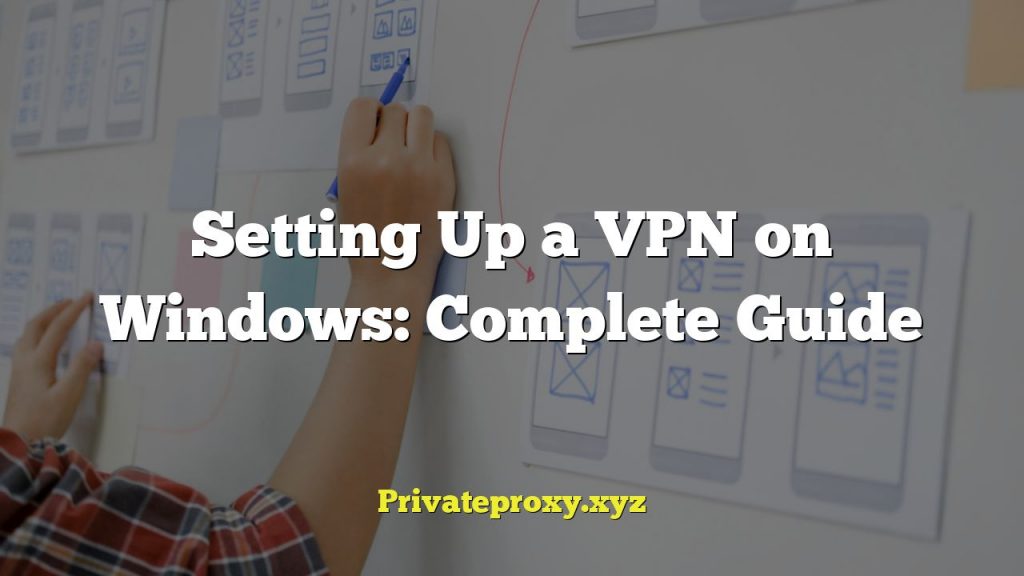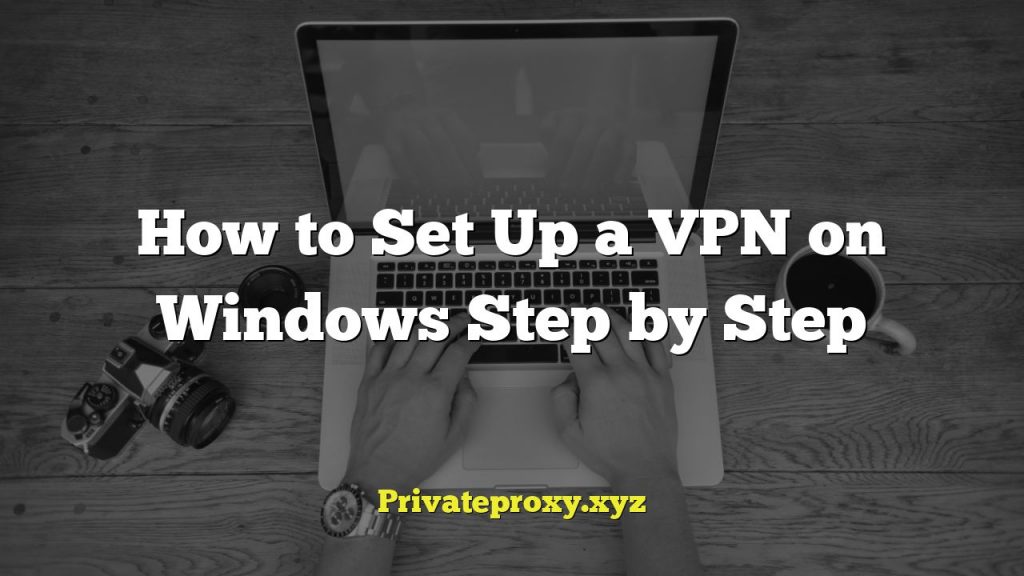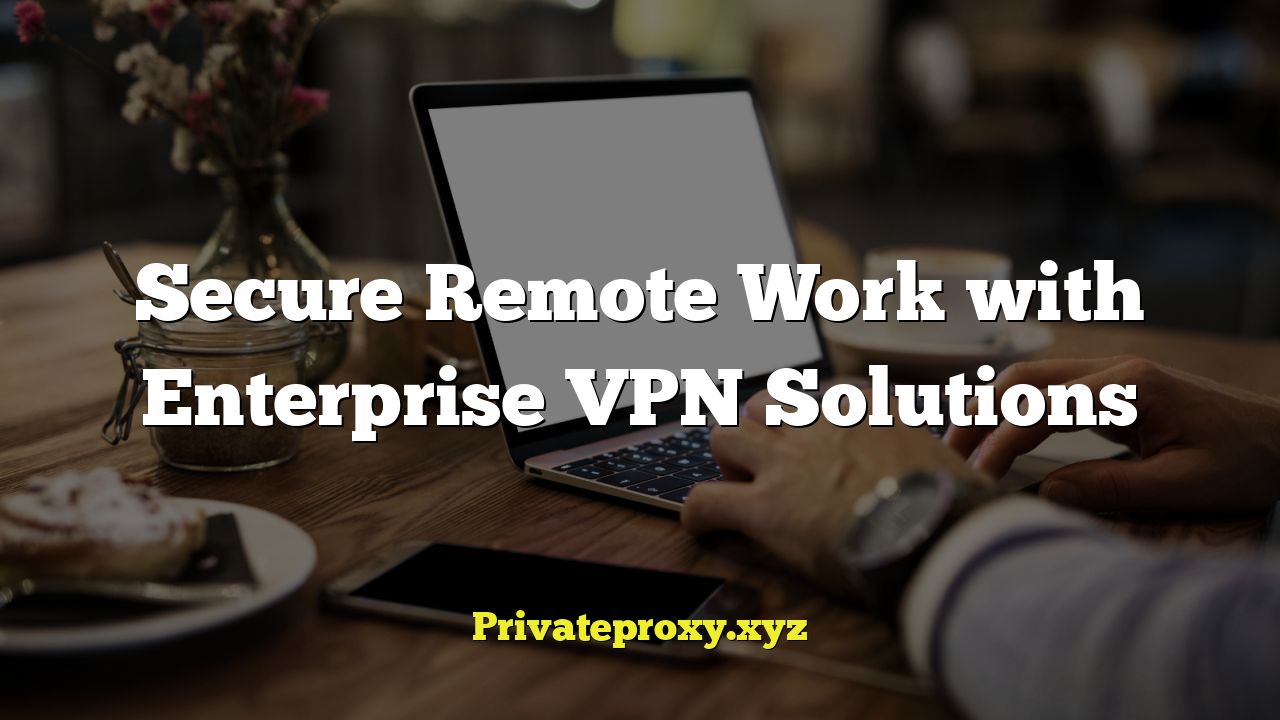
The Rise of Remote Work and the Need for Secure Access
The landscape of work has undergone a significant transformation in recent years, driven by technological advancements and evolving workforce expectations. Remote work, once a niche arrangement, has become a mainstream practice, offering benefits such as increased flexibility, improved work-life balance, and access to a wider talent pool. However, this shift has also introduced new challenges, particularly in the realm of cybersecurity. With employees accessing sensitive company data and applications from various locations and devices, organizations face an elevated risk of data breaches, malware infections, and unauthorized access. This is where enterprise VPN solutions come into play, providing a crucial layer of security for remote workers and protecting valuable business assets.
Understanding Enterprise VPN Solutions
A Virtual Private Network (VPN) creates a secure, encrypted connection between a user’s device and a private network, such as a corporate network. This encrypted tunnel shields data from eavesdropping and tampering, effectively extending the security perimeter of the office to wherever the employee is working. Enterprise VPN solutions go beyond basic VPN services designed for individual users, offering advanced features and centralized management capabilities tailored to the needs of larger organizations.
Key benefits of enterprise VPNs include:
- Secure access to internal resources: VPNs allow remote workers to access internal applications, servers, and data as if they were physically present in the office.
- Data encryption: All data transmitted through the VPN tunnel is encrypted, protecting it from interception by hackers and unauthorized parties.
- IP address masking: VPNs mask the user’s real IP address, making it more difficult to track their online activity.
- Enhanced compliance: VPNs help organizations comply with data privacy regulations by ensuring that sensitive data is protected during transmission and storage.
Key Features of Enterprise VPN Solutions
Enterprise VPN solutions offer a range of features designed to enhance security, performance, and manageability. Some of the most important features include:
- Strong encryption protocols: Enterprise VPNs support robust encryption protocols such as AES-256 to ensure the confidentiality of data.
- Multi-factor authentication (MFA): MFA adds an extra layer of security by requiring users to provide multiple forms of identification, such as a password and a one-time code.
- Centralized management: Enterprise VPNs provide centralized management consoles that allow IT administrators to configure, monitor, and update VPN settings across the organization.
- Split tunneling: Split tunneling allows users to access both internal resources and the public internet simultaneously, improving performance and reducing bandwidth consumption.
- Kill switch: A kill switch automatically disconnects the VPN connection if the VPN server fails, preventing data from being transmitted over an unencrypted connection.
- Logging and auditing: Enterprise VPNs provide comprehensive logging and auditing capabilities, allowing IT administrators to track user activity and identify potential security threats.
Implementing an Enterprise VPN: Best Practices
Implementing an enterprise VPN solution requires careful planning and execution. Here are some best practices to follow:
- Assess your organization’s security needs: Identify the specific risks and vulnerabilities that your organization faces and choose a VPN solution that addresses those needs.
- Choose the right VPN protocol: Select a VPN protocol that offers strong encryption and security features, such as OpenVPN or IKEv2/IPsec.
- Configure multi-factor authentication (MFA): Implement MFA to add an extra layer of security and protect against unauthorized access.
- Implement split tunneling selectively: Use split tunneling only for non-sensitive traffic to minimize the risk of data leakage.
- Regularly update your VPN software: Keep your VPN software up to date with the latest security patches to protect against known vulnerabilities.
- Monitor VPN logs and activity: Regularly monitor VPN logs and activity to identify potential security threats and suspicious behavior.
- Educate employees about VPN usage: Train employees on how to use the VPN properly and securely.
- Develop a VPN usage policy: Create a clear and comprehensive VPN usage policy that outlines the rules and guidelines for using the VPN.
Choosing the Right Enterprise VPN Solution
Selecting the right enterprise VPN solution is crucial for ensuring the security and productivity of your remote workforce. There are numerous VPN vendors on the market, each offering different features, pricing models, and levels of support. When evaluating VPN solutions, consider the following factors:
- Security features: Ensure that the VPN solution offers strong encryption, MFA, and other security features to protect against data breaches and unauthorized access.
- Performance: Choose a VPN solution that provides fast and reliable performance, especially for users who are working with bandwidth-intensive applications.
- Scalability: Select a VPN solution that can scale to meet the growing needs of your organization.
- Ease of use: Choose a VPN solution that is easy to deploy, configure, and manage.
- Integration: Ensure that the VPN solution integrates seamlessly with your existing IT infrastructure.
- Support: Choose a VPN vendor that offers reliable and responsive technical support.
- Pricing: Compare the pricing models of different VPN vendors and choose a solution that fits your budget.
Beyond VPNs: Layered Security for Remote Work
While enterprise VPNs are a vital component of a secure remote work strategy, they are not a silver bullet. Organizations should implement a layered security approach that incorporates multiple security controls to protect against a wide range of threats. This includes:
- Endpoint security: Deploy endpoint security solutions, such as anti-malware software, firewalls, and intrusion detection systems, on all employee devices.
- Data loss prevention (DLP): Implement DLP solutions to prevent sensitive data from leaving the organization’s control.
- Identity and access management (IAM): Use IAM solutions to control access to applications and data based on user roles and permissions.
- Security awareness training: Conduct regular security awareness training for employees to educate them about phishing scams, malware, and other security threats.
- Mobile device management (MDM): Use MDM solutions to manage and secure mobile devices that are used to access corporate data.
The Future of Secure Remote Work
The trend towards remote work is likely to continue in the years to come, and organizations will need to adapt their security strategies to address the evolving challenges. Enterprise VPNs will remain a crucial component of a secure remote work strategy, but they will need to evolve to meet the changing needs of businesses. Emerging technologies such as Software-Defined Perimeter (SDP) and Zero Trust Network Access (ZTNA) are gaining traction as alternative approaches to secure remote access, offering more granular control and enhanced security features. These technologies may eventually replace traditional VPNs in some organizations, but for now, enterprise VPNs remain a valuable tool for protecting remote workers and securing sensitive data.
In conclusion, securing remote work requires a multifaceted approach. Enterprise VPN solutions provide a critical foundation for establishing secure connections and protecting data in transit. However, organizations must also implement other security measures, such as endpoint security, data loss prevention, and security awareness training, to create a comprehensive defense against cyber threats. By prioritizing security and adopting a layered approach, organizations can empower their remote workforce while mitigating the risks associated with remote access.
